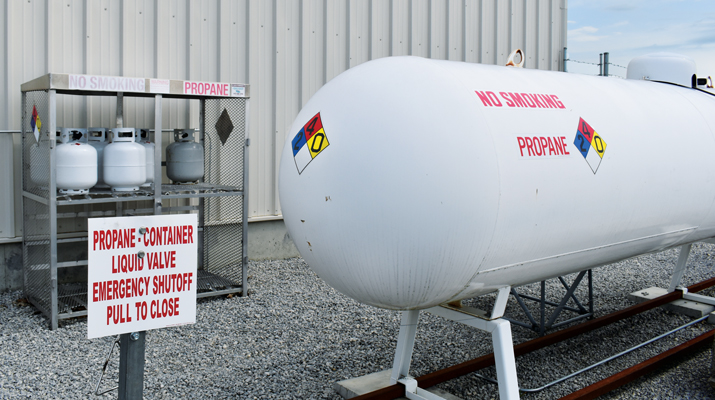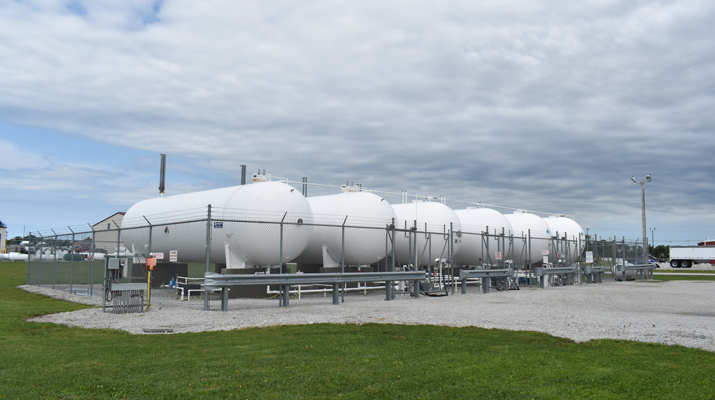|
|
|
THIS WEEK'S TOPIC: PROPANE PRICES |
|
|
|
Managing supply price risk in the second half of winter |
|
The first half of this winter is almost in the books. Propane inventories are still setting five-year highs. There is a good chance that inventories will remain high at the end of March, keeping prices depressed going into the summer-build period. However, we hear plenty of folks projecting cold weather in the second half of winter.
It presents a conundrum for propane retailers concerning supply positioning. Given the weak fundamental support for propane prices, a retailer must be very careful in committing to fixed prices on supply for the next three months. Yet, crude’s price is on a run higher, and if the forecasts for cold weather materialize, some price protection might be desirable. Rising crude prices by themselves could lift propane prices, even with weak fundamental support. Add a little cold weather, and we could be surprised by an unexpected rise in prices. |
|
Call options
Propane retailers and their customers are normally or naturally at risk of rising prices. Propane retailers know they will sell propane, and propane customers know they will consume propane in the future. They are not harmed by prices falling, so the natural need is to manage the risk of rising prices. |
|
Propane retailers can manage this risk by storing propane, committing to pre-buys that lock in future prices based on current prices or committing to propane forwards (swaps) for future months.
As soon as the retailer takes any of the positions, unless they make sales against the fixed-priced supply position with fixed-priced offers to their customers, they are assuming downside price risk. There are times when a retailer might feel comfortable taking on that downside price risk. With propane fundamentals not supportive of prices, as they are currently, it might not be one of those times. |
|
|
To illustrate why a call option works best in these situations, let’s compare it to a propane forward, which we discussed in a recent Trader’s Corner comparing propane forwards to storing propane for winter.
When we enter a propane forward position, we establish a strike price for a future month. When that month comes, if the monthly average is higher than the strike, the holder of the forward is paid the difference between the strike price and the monthly average, enabling protection from higher prices. Keep reading... |
|
|
|
|
RECENT HEADLINES
|
|
|
|
|
|
|
PREVIOUS TOPICS
|
|
|
|
|
|
|
|
|
|
Cost Management Solutions LLC (CMS) is a firm dedicated to the unbiased analysis of the energy markets for the propane industry. Mark Rachal, Director of Research and Publications at CMS, regularly provides insightful looks into various facets of the marketplace. |
|
|
|
|
FROM THE MAGAZINE
|
|
|
|
|
|
|
|
You are currently subscribed to LP Gas as @{Email Name}@ |














